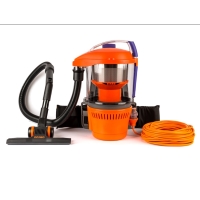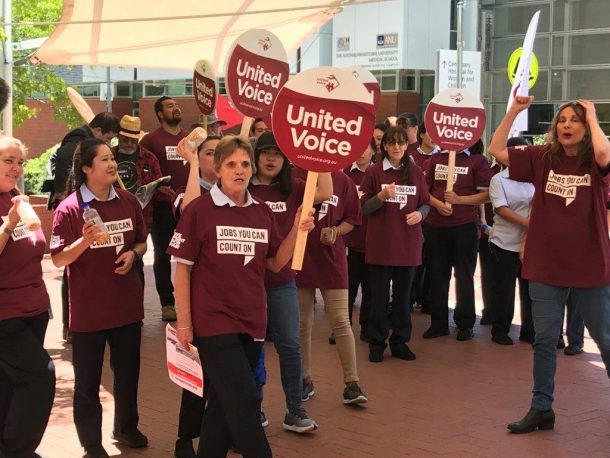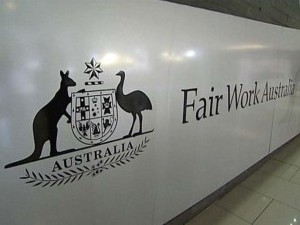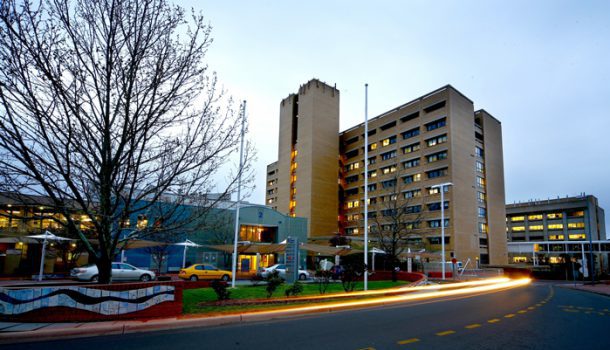
Anyone who has had their wireless vac run out of charge before finishing will be grateful for the chance to make vacuuming more efficient. The Dyson CleanTrace app is designed to help users clean better by providing real-time augmented reality (AR) visuals to show where they’ve cleaned and areas they’ve missed.
Claimed as a world first, the app has been developed following a Dyson-led study into cleaning behaviours which showed people not only overestimate the amount of time they spend cleaning, but also underestimate how thoroughly they clean.
While participants claimed they vacuum for an average of 24 minutes at a time, the data revealed about 80 percent of cleaning sessions lasted fewer than 10 minutes. The study also found many participants were inefficient in their cleaning, often missing areas in each room and regularly going over the same area multiple times.
Dyson Home VP of engineering Charlie Park says the app takes inspiration from the systematic approach to cleaning employed by robotic vacuum cleaners.
“Robots know where they are in the room, where they have been, and where they have yet to go,” Park says.
CleanTrace works by allowing compatible phones to be attached (via an additional fitting) to the vacuum and act as a third-person view of the cleaning head. When in use, the app displays an AR overlay on top of the phone camera’s vision to create cleaning pathways to map progress.
Although currently targeted at the home market, this sort of groundbreaking and interactive tech promises to have broader application in the commercial sector, although not without facing down a few challenges first.
ISSA chief global education officer Brant Insero says the most difficult challenge will be the usage at a front line level for cleaners, as many employees do not like to use personal devices for work.
This hurdle could be overcome by companies paying mobile phone bills or providing a low-cost mobile device, which would also mean organisations controlling their usage and the data reported.
The second hurdle will come from defining if the work is completed to a satisfactory level.
“A technology that shows a coverage path is the first step to show that a surface was covered but it does not measure the overall outcome of cleaning the surface which can cause debate between the frontline worker and supervisor,” Insero says.
Overcoming this challenge may mean a change in the organisation’s technology and culture, including KPIs that define the activities not only being completed but to an agreed standard.
“If this is accomplished, it will help create a workforce that embraces innovation,” Insero says.
ISSA media director Jeff Cross sees Dyson’s move into AR as being further evidence that technology is driving real change in the cleaning industry.
“This step by Dyson is more evidence that technology is here and impacting the work we do, especially in the quest to measure cleanliness,” Cross says.
“If companies or organisations aren’t measuring or qualifying cleaning, that can result in lack of confidence by those they serve and, of course, lead to buildings that aren’t as healthy as they should be.”
For now, CleanTrace has its limits; it is yet to be priced and released, will only be compatible with one particular Dyson vacuum cleaner and will only work for users possessing an iPhone 12 or above (Android phones are a no-go).




